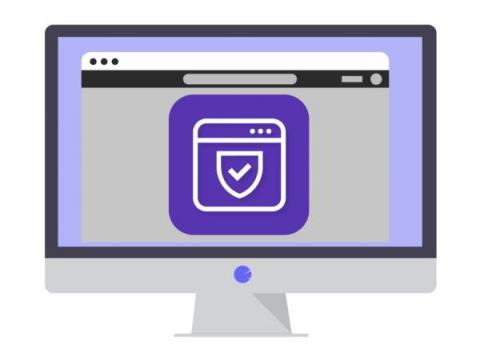How Synthetic Users Enhance Client-Side Security
Today, businesses live or die by their digital presence. Crafting the best digital experience means putting the end user first, which requires a delicate balance of technology and innovation. To achieve this balance, businesses make use of third-party code, tools, and cloud services combined with their own technology to drive down time to market. As a result, most modern web applications are a culmination of first-party and third-party technologies delivered from the cloud.











